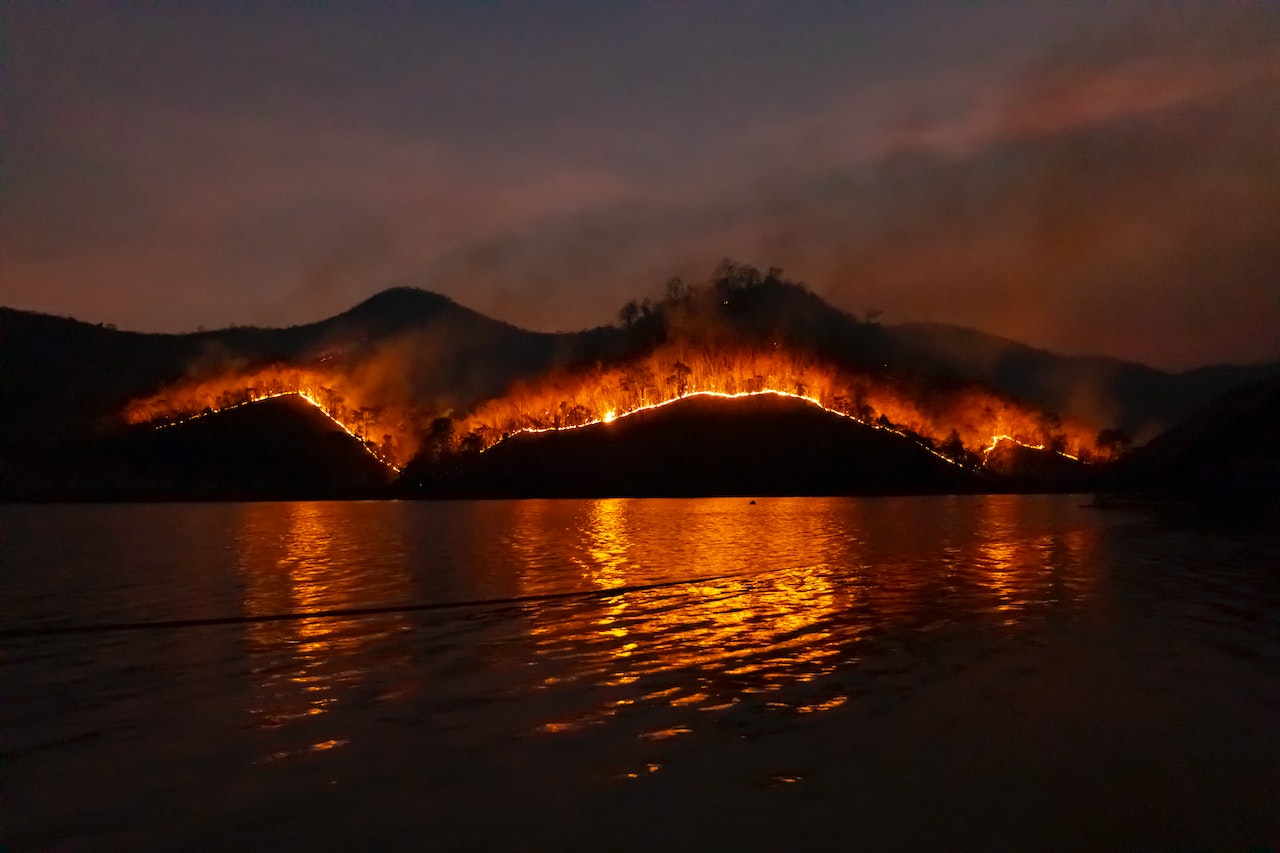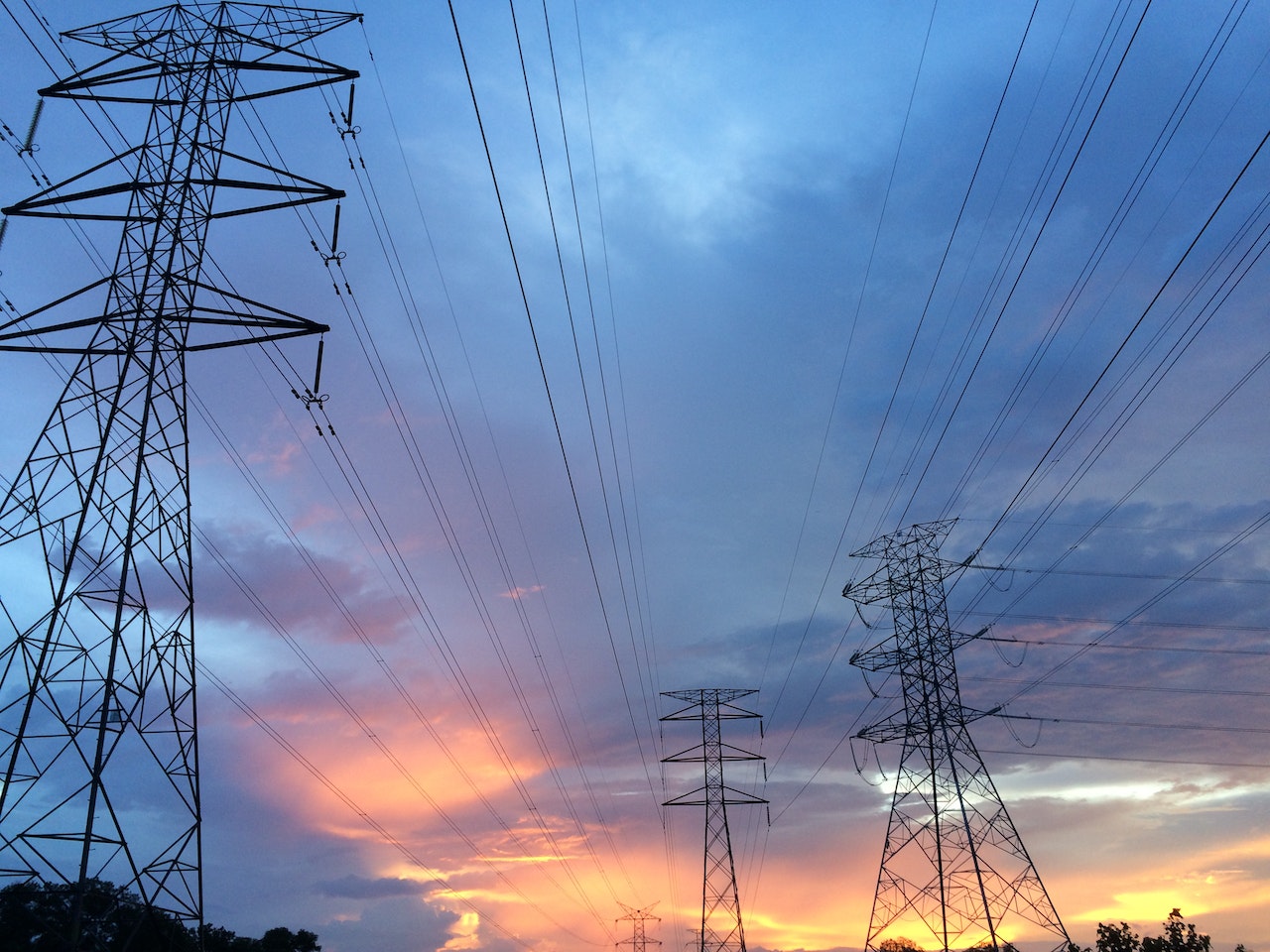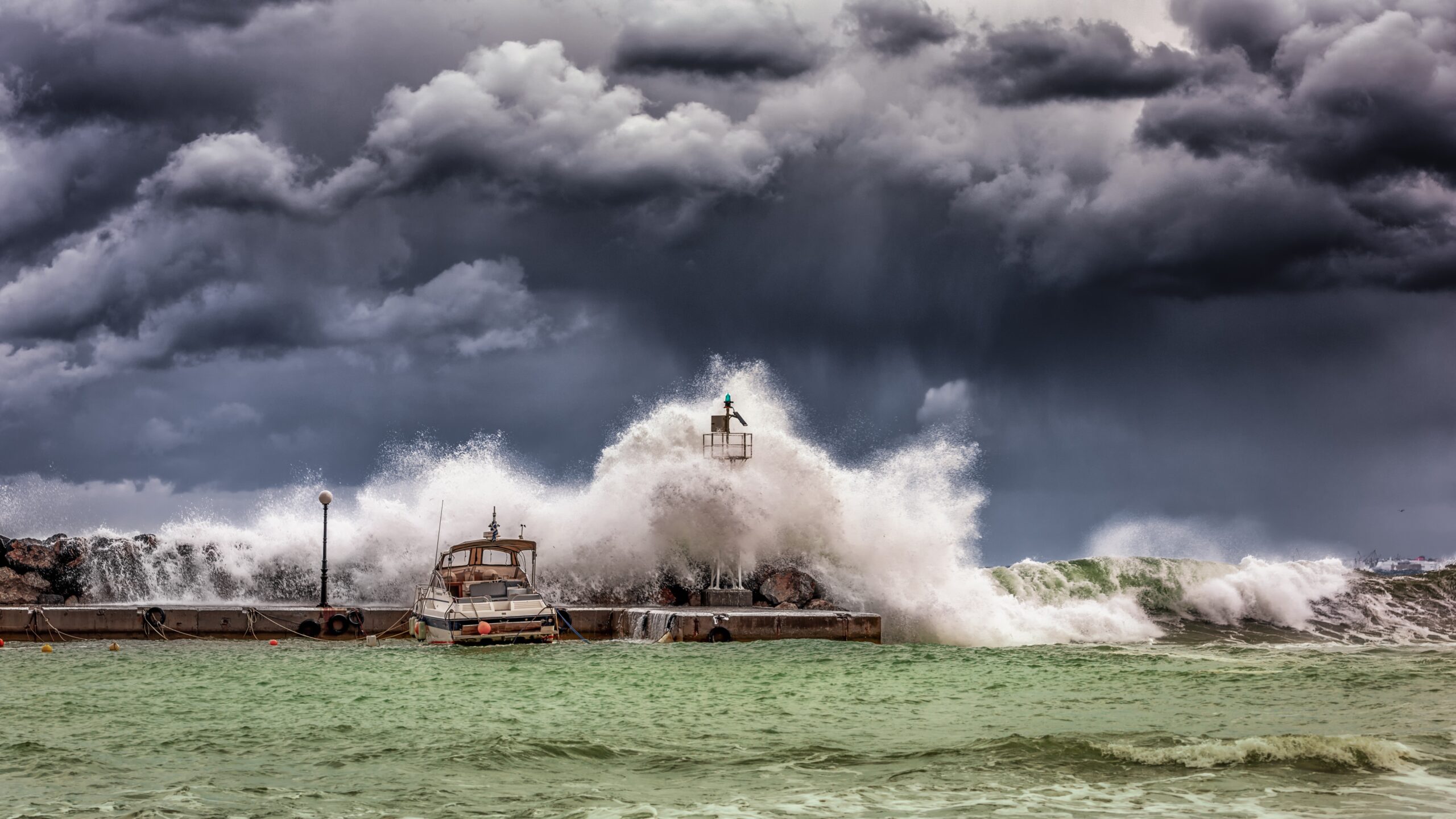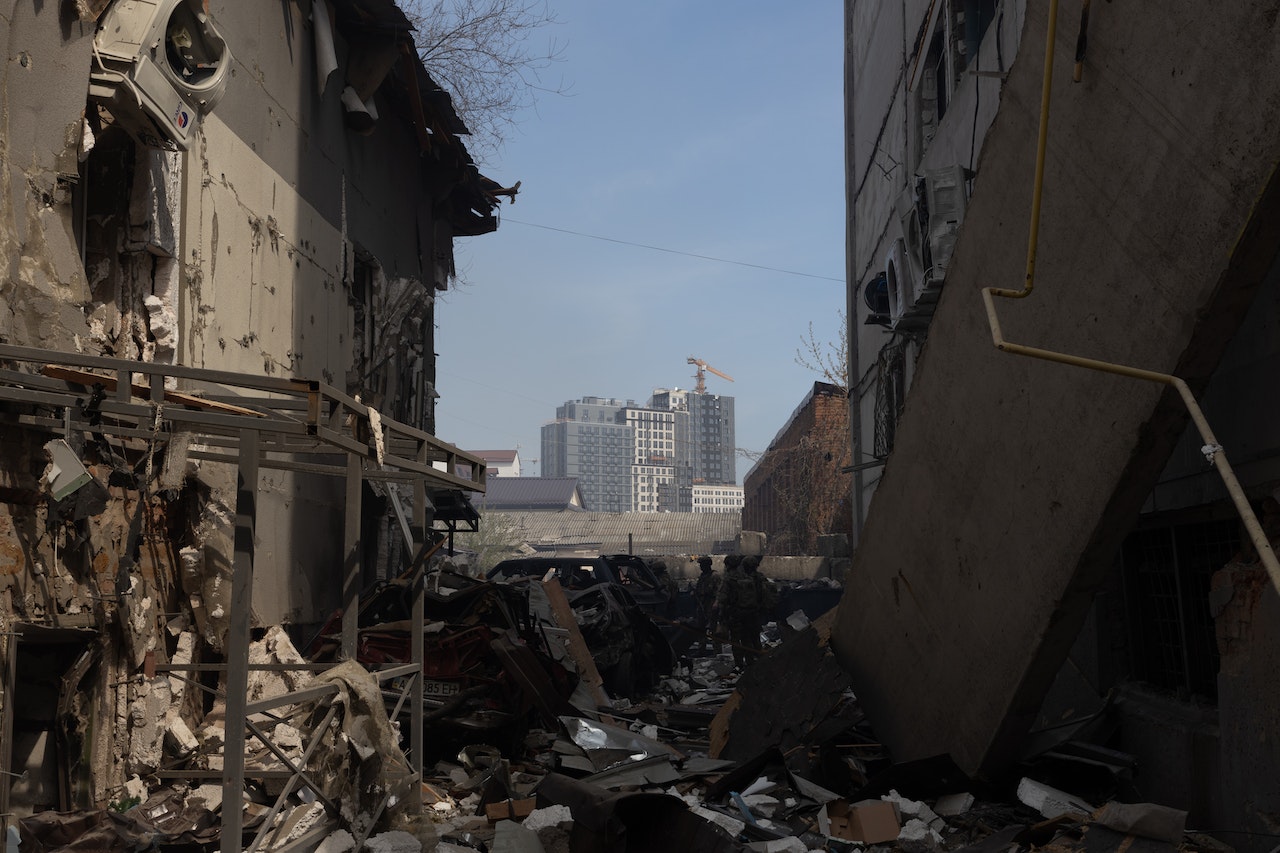Photo by: Sippakorn Yamkasikorn Source: Pexels
Wildfires, also known as forest fires, are uncontrolled blazes that are fueled by wind, dry conditions, and flammable vegetation. They can spread rapidly, causing devastating losses of both property and life. Given the increasing global occurrences of wildfires, it’s imperative to understand not only how to prepare for one but also how to survive should you find yourself in its path.
1. Understanding the Basics of Wildfires
1.1. Causes and Catalysts
Wildfires can ignite from both natural causes, like lightning, and human activities, including campfires left unattended, discarded cigarettes, or even intentional acts of arson. Dry conditions, drought, and strong winds can quickly turn a small fire into a fast-moving and deadly blaze.
1.2. Behavior of Wildfires
Wildfires can climb up tall trees, spread across the ground, or even jump across roads or rivers. Their speed and direction can be influenced by wind, temperature, humidity, and topography.
2. Preparing for a Wildfire: The Prepper’s Checklist
2.1. Create a Defensible Space
- Zone 1 (0-5 feet from the house): This should be a non-combustible zone. Use materials like concrete or gravel. Keep it clear of dead plants, leaves, and pine needles.
- Zone 2 (5-30 feet from the house): In this zone, reduce fire intensity by cutting or mowing annual grass down to a maximum height of four inches. Trim trees so branches are at least ten feet away from other trees.
- Zone 3 (30-100 feet from the house): Here, you should manage vegetation to reduce the number of potential fire fuels. This means removing dead plants and grasses and spacing trees and shrubs at intervals.
2.2. Harden Your Home
- Roof: Use fire-resistant materials like asphalt, metal, slate, or tile.
- Vents: Cover exterior attic and under-floor vents with metal mesh screens to prevent sparks from entering the home.
- Windows: Install dual-pane windows with the exterior pane being tempered glass to reduce the chance of breakage in a fire.
- Decks and Porches: Ensure they are made of fire-resistant materials and are kept clear of combustible items.
2.3. Emergency Kits
Prepare a go-bag that includes:
- N95 respirator masks to filter out harmful particles.
- Emergency food and water for at least three days.
- Essential medications and first aid supplies.
- Copies of important documents like IDs, insurance policies, and property deeds.
- A flashlight, multi-tool, and a battery-powered radio.
- Spare clothes, sturdy shoes, and personal items.
2.4. Family and Communication Plan
- Evacuation Routes: Know at least two ways out of your neighborhood.
- Meeting Points: Decide on a location where family members will meet if separated.
- Communication: Have a list of emergency contacts, including local emergency numbers and contacts of family members.
3. When a Wildfire Approaches
3.1. Stay Informed
Monitor local news, radio broadcasts, and reliable online sources for updates on the wildfire’s progression and evacuation orders.
3.2. Evacuate Early
If there’s a potential threat, don’t wait for a mandatory evacuation order. Leave early to avoid being caught in fire, smoke, or road congestion.
3.3. Inside Your Home
- Close all windows and doors but leave them unlocked.
- Remove flammable window shades and lightweight curtains.
- Turn off gas, propane, or fuel oil supplies.
- Fill sinks and tubs with water for potential use against the fire.
3.4. Outside Your Home
- Move flammable items like patio furniture, toys, and trash cans into the house or garage.
- Turn off propane tanks and other gas supplies.
- Connect garden hoses and fill any pools, hot tubs, or garbage cans with water.
4. Surviving During a Wildfire
4.1. If Trapped at Home
- Stay inside and away from outside walls and windows. Use heavy curtains, shutters, or boards to block radiant heat.
- Use a damp cloth or an N95 mask to filter the air.
- Drink plenty of water to stay hydrated.
4.2. If Caught in the Open
- Never try to outrun the fire.
- Look for a body of water like a pond or river to crouch in.
- If there’s no water nearby, look for a cleared area with minimal vegetation, lie low to the ground, and cover your body with wet clothing or soil.
- Breathe the air closest to the ground to avoid the hottest and most toxic air.
5. After the Wildfire
5.1. Return Home Safely
Wait for authorities to give the all-clear before returning home. Beware of hazards like fallen power lines or structural damage.
5.2. Document the Damage
Photograph or video the damage for insurance claims. Note the date of the photos and videos.
5.3. Clean Up Safely
Use N95 masks to protect against ash inhalation. Wet debris to minimize dust and wear leather gloves and heavy-soled shoes.
5.4. Mental and Emotional Wellbeing
Wildfires can be traumatic. Consider seeking professional counseling or joining a support group to process the experience.
Conclusion
Wildfires, though natural, are increasing in intensity and frequency. Proper preparation can mean the difference between life and death. While the immediate threat is the fire itself, the aftermath also poses challenges. Taking a proactive approach, staying informed, and having a well-laid-out plan will not only increase your chances of survival but also help you rebuild and recover in the aftermath. Remember, in the face of such disasters, community strength and mutual aid are invaluable. Stay safe, stay prepared, and always prioritize life over property.



